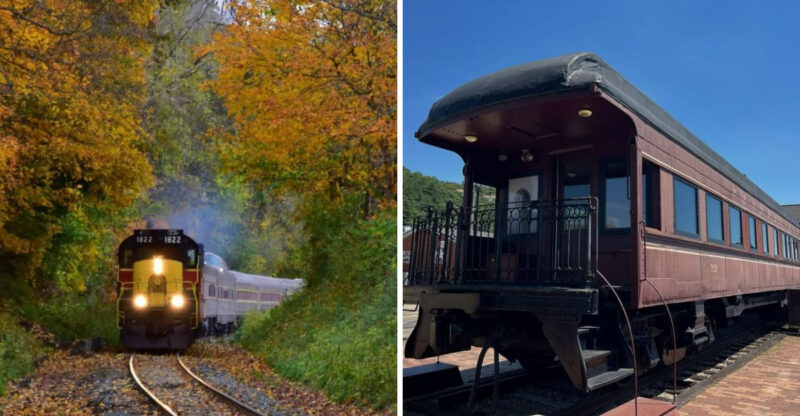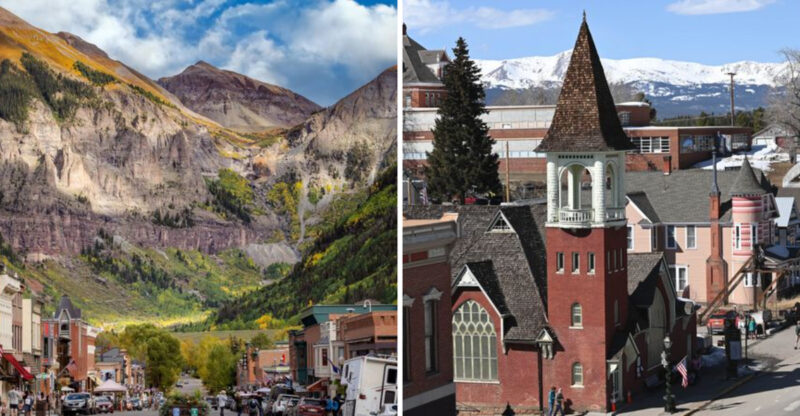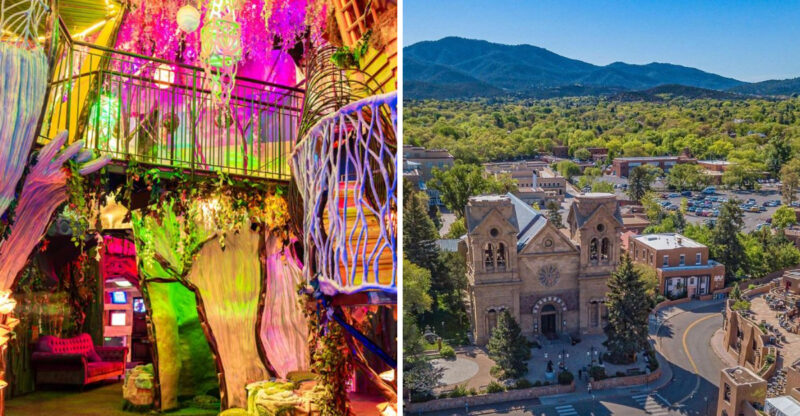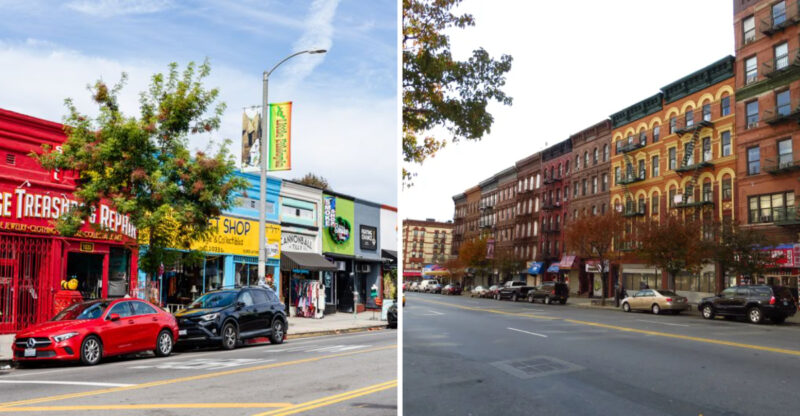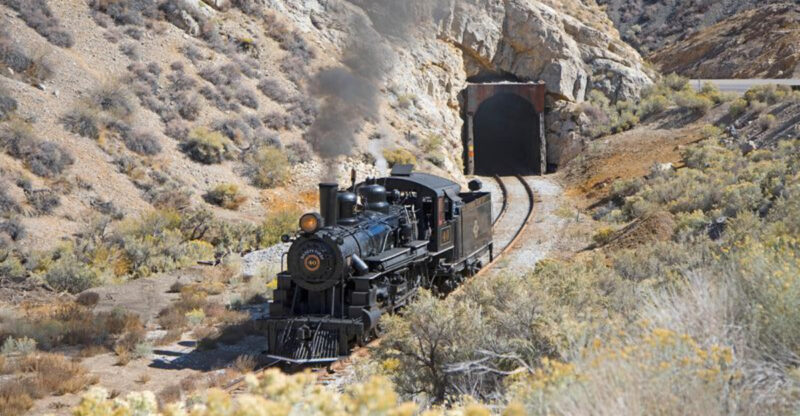This Forgotten North Carolina Ghost Town Was Once A Bustling Logging Village Lost To Time
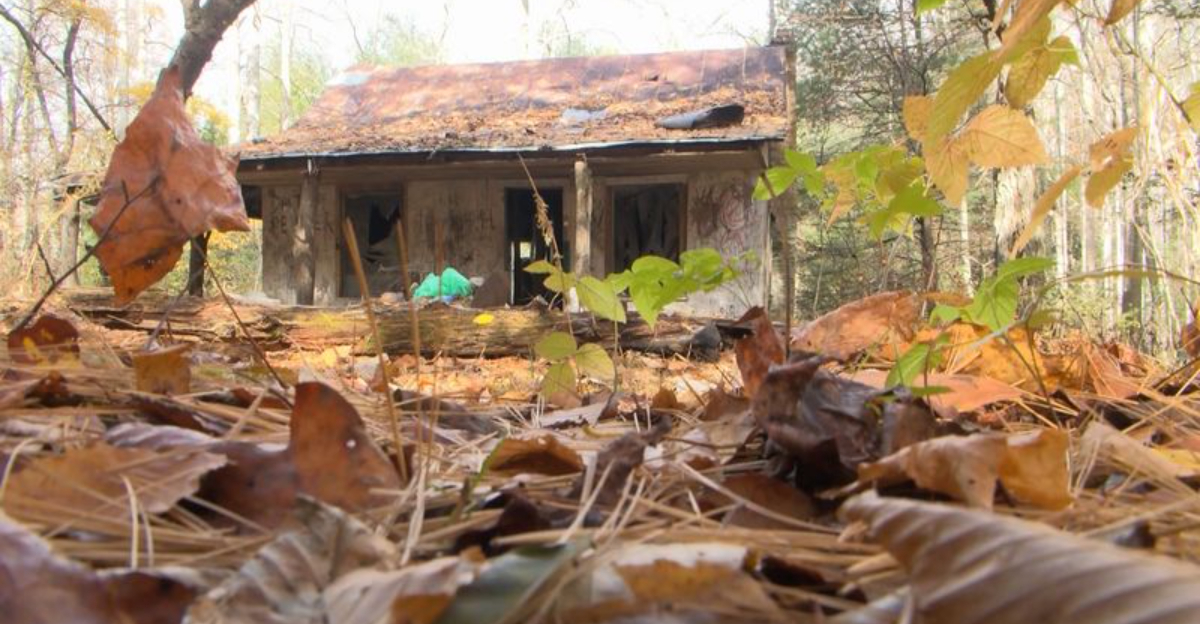
Fog drifts through the trees, wrapping the hills in a silence that feels almost sacred. Faint traces of footpaths and broken chimneys whisper of lives once lived, now reclaimed by the forest.
In the wild heart of North Carolina, Lost Cove lingers between history and myth – a forgotten settlement clinging to the edges of time. What remains tells a haunting story of endurance, solitude, and the slow return of nature over all things made by hand.
A Remote Mountain Settlement Born Around The Civil War
Families started settling in Lost Cove around the 1860s, drawn by fertile land and the promise of independence. Tucked along the Tennessee-North Carolina border, this community thrived on farming and self-reliance.
The remote location offered privacy and protection, especially for those seeking to avoid outside interference. Life here was simple but demanding, shaped by the rhythms of mountain living and the closeness of neighbors who depended on each other for survival.
Moonshine Production Flourished In Jurisdictional Gray Zones
Straddling two states gave Lost Cove an unusual advantage for moonshiners. Law enforcement from Tennessee and North Carolina often clashed over who had authority, creating confusion that bootleggers used to their benefit.
This gray area allowed illegal distilling to become a major part of the local economy. Families produced corn whiskey in hidden hollows, selling it to traders who carried it out by mule and wagon through winding mountain trails.
Logging Boom Brought Prosperity And Connection
When the Carolina, Clinchfield, and Ohio Railway arrived in the early 20th century, everything changed. Suddenly, Lost Cove had access to outside markets, and timber became the town’s lifeblood.
Logging camps buzzed with activity as workers felled massive trees and loaded them onto rail cars. The money flowing in allowed residents to build a school and improve their homes, transforming the isolated village into a connected, thriving community.
Economic Decline As Timber Resources Disappeared
Prosperity couldn’t last forever. As the forests thinned and valuable timber grew scarce, logging companies shifted their attention elsewhere.
The railroad that once brought opportunity now bypassed Lost Cove in favor of more profitable ventures. Without timber to harvest, jobs vanished and families struggled to make ends meet. The town’s economy, built almost entirely on logging, began to crumble as quickly as it had risen.
The Forgotten Schoolhouse
Amidst the ruins of Lost Cove stands the forlorn schoolhouse, echoing faint laughter of children long gone. This once-vibrant center of learning now crumbles silently, with its walls sheltering tales of youthful energy and dreams.
Graffiti and nature entwine within its confines, crafting an unintentional mural of history. The blackboard, though faded, still holds chalky remnants of forgotten lessons.
The Ghostly Cemetery
Shrouded in mist and mystery, Lost Cove’s cemetery stands as a solemn witness to the past. Each headstone tells a story, etched with names and dates that span generations.
Surrounded by dense foliage, the cemetery offers a poignant connection to those who once walked these lands. Time has softened the inscriptions, yet the spirit of the departed lingers.
Failed Road Projects Sealed The Town’s Isolation
Efforts to build a road into Lost Cove never succeeded. The terrain was too steep, the costs too high, and the political will too weak. Without a reliable route for vehicles, residents remained dependent on foot trails and pack animals.
As surrounding communities modernized with paved roads and automobiles, Lost Cove fell further behind. Isolation that once protected the town now trapped it, cutting off access to jobs, schools, and medical care.
The Last Family Left In 1957
By the mid-1950s, only a handful of families remained in Lost Cove. The final residents packed up their belongings and walked out in 1957, closing a chapter that had lasted nearly a century.
They left behind homes, furniture, and even vehicles too difficult to remove. The forest began reclaiming what humans had built, wrapping foundations in moss and vines as silence settled over the abandoned village.
Hiking Through Pisgah National Forest To Reach The Ruins
Reaching Lost Cove today requires determination and sturdy boots. The only way in is by foot, following rugged trails through Pisgah National Forest.
The hike winds through thick woods and crosses rocky streams, offering glimpses of the wild beauty that once surrounded the town. Hikers should prepare for a challenging journey, bringing plenty of water and navigation tools, as the paths are unmarked and easy to lose in the dense undergrowth.
Remnants Of A Forgotten Life Still Stand
Visitors who make the trek find haunting traces of Lost Cove’s past. Three houses still stand, their walls sagging but defiant against the elements.
A cemetery holds weathered headstones marking generations who lived and died here. Most striking is the rusted shell of Swin Miller’s Chevrolet, too heavy to haul out when the town emptied. These artifacts offer a tangible connection to people who once called this isolated valley home.

